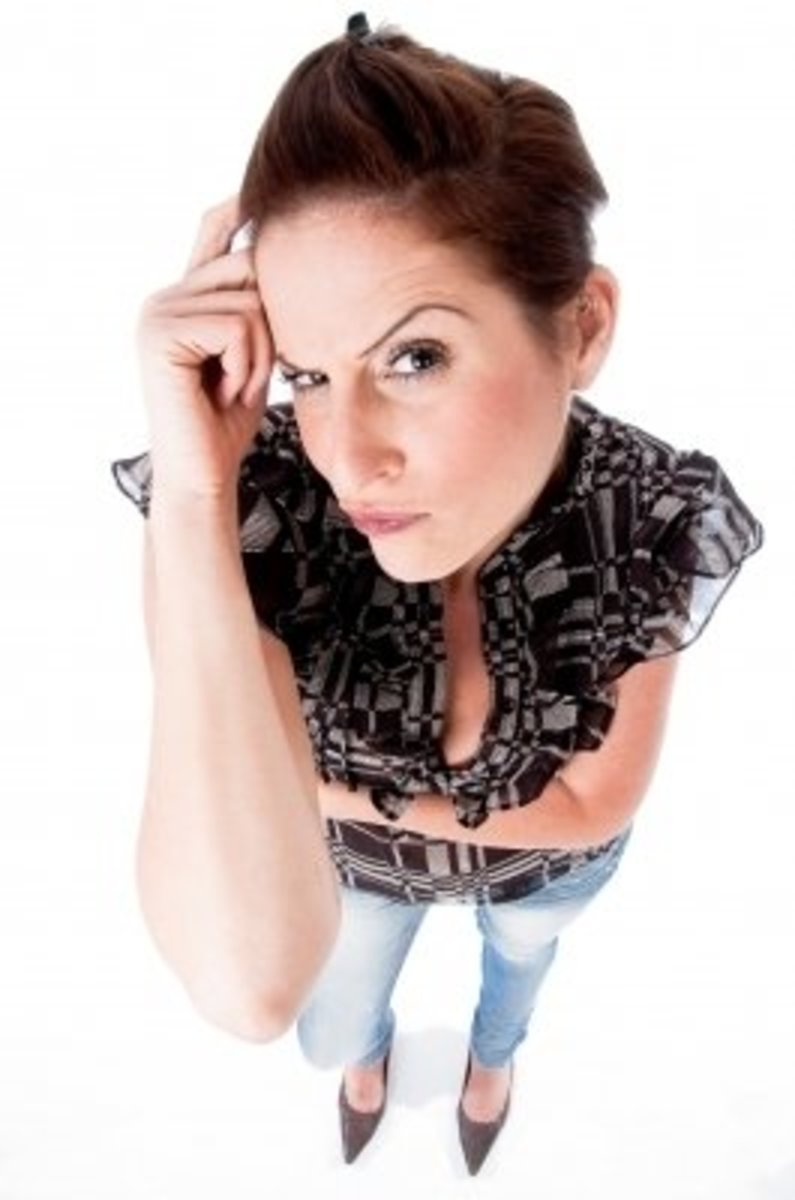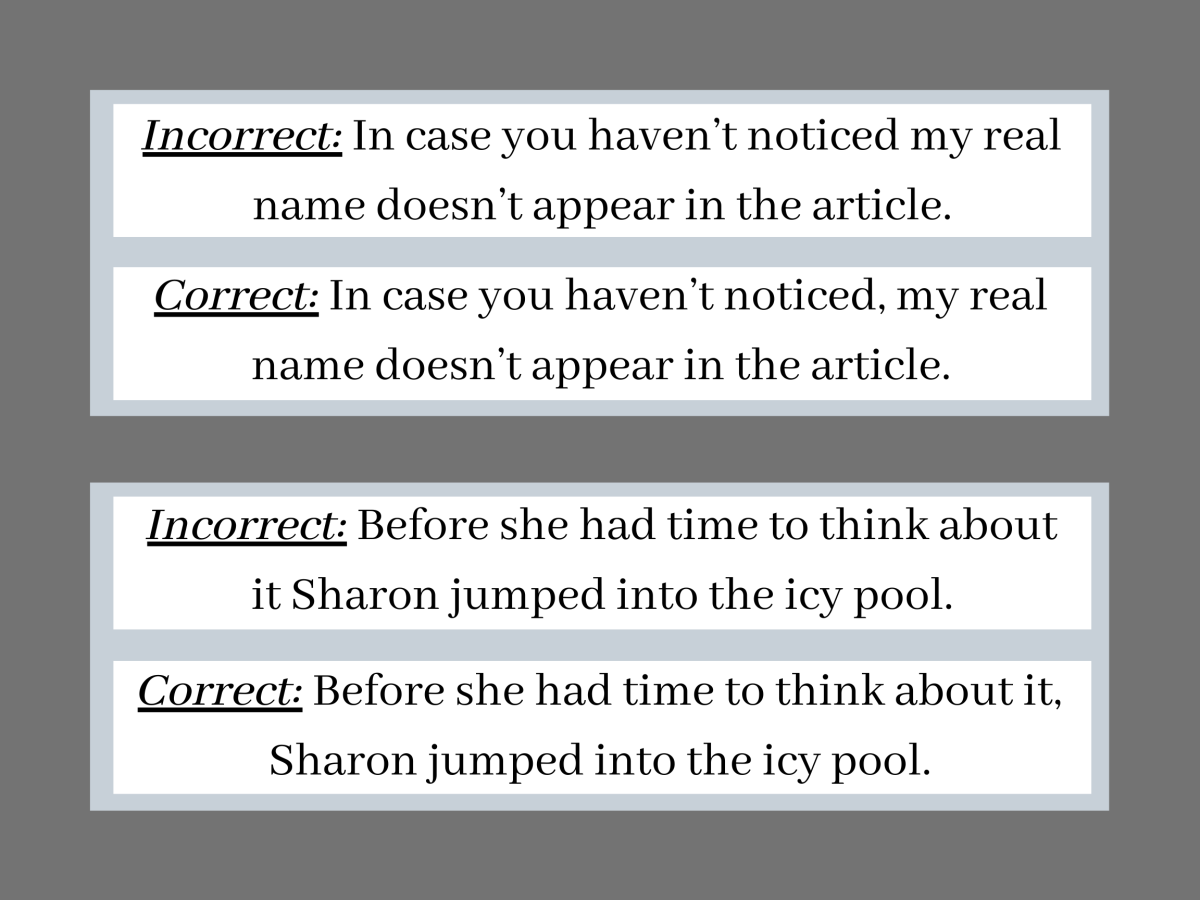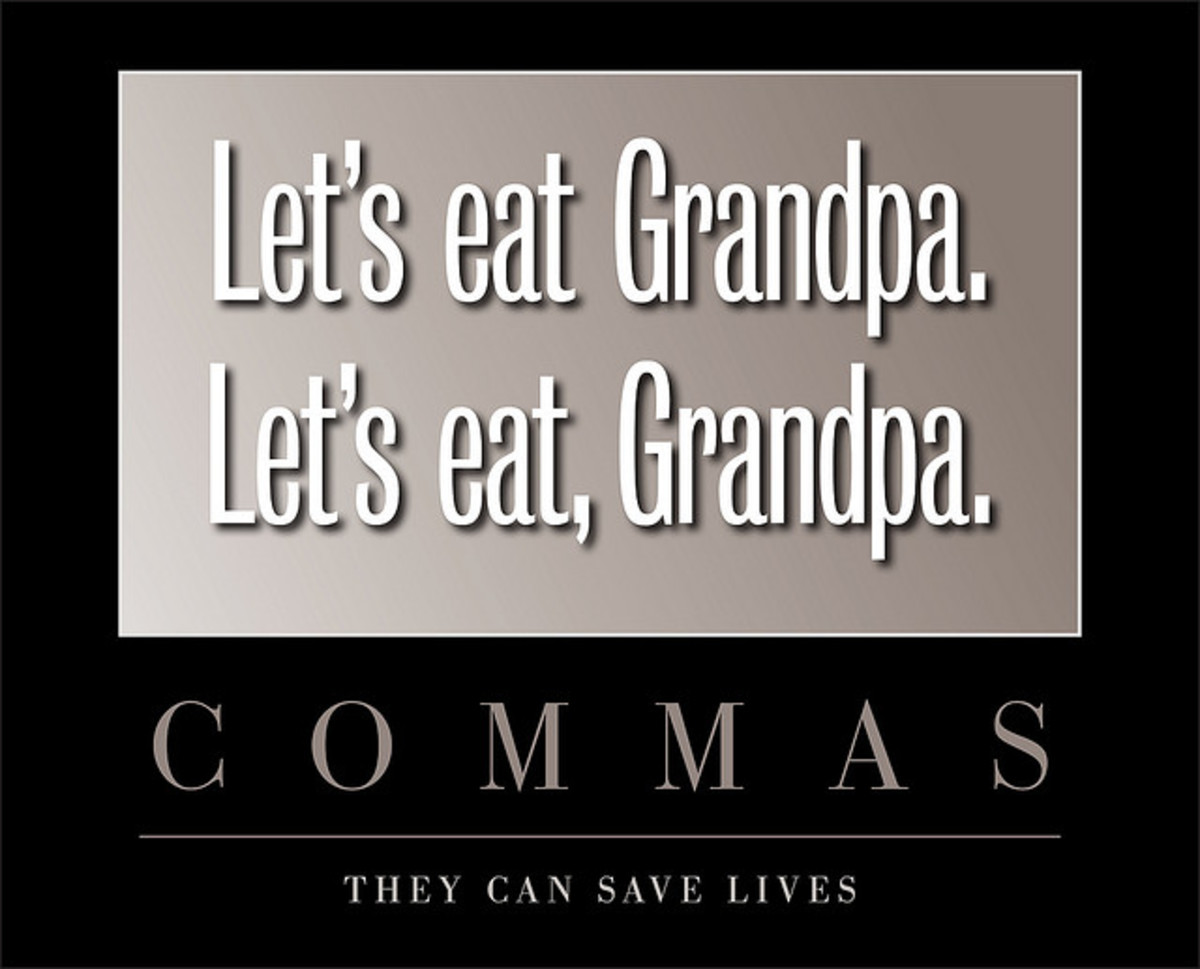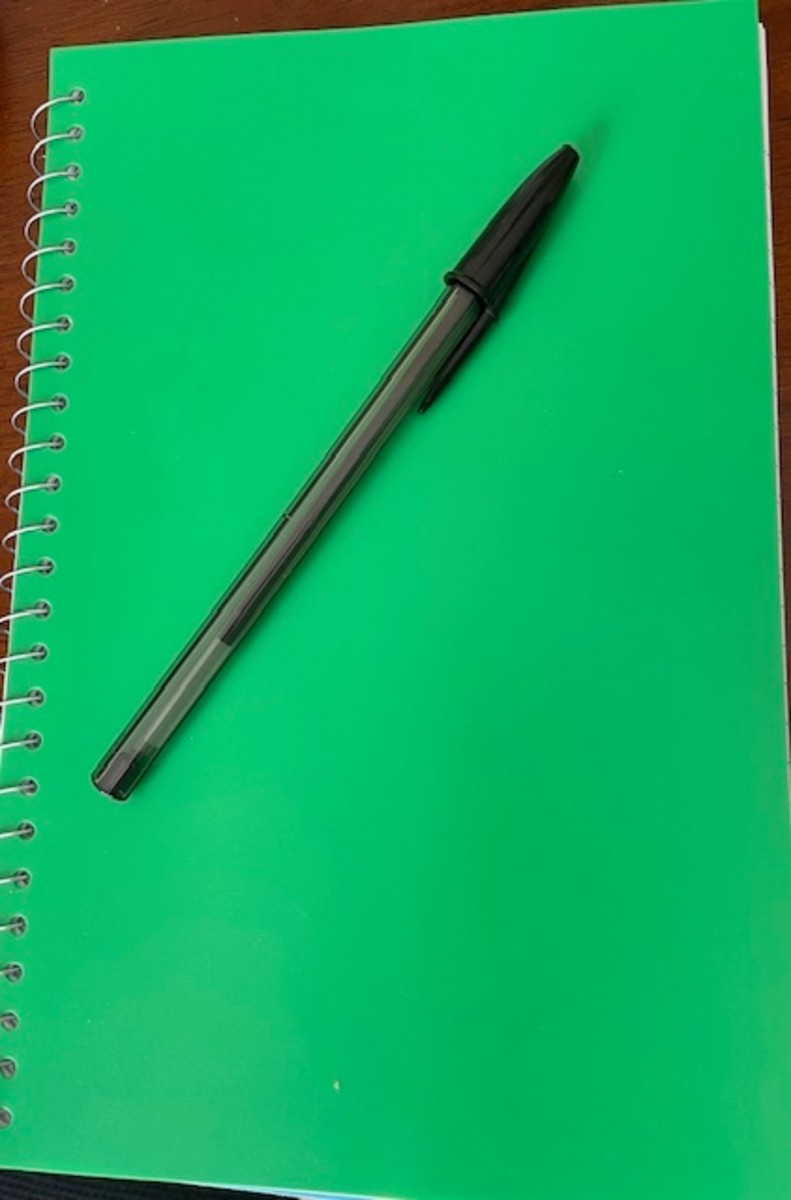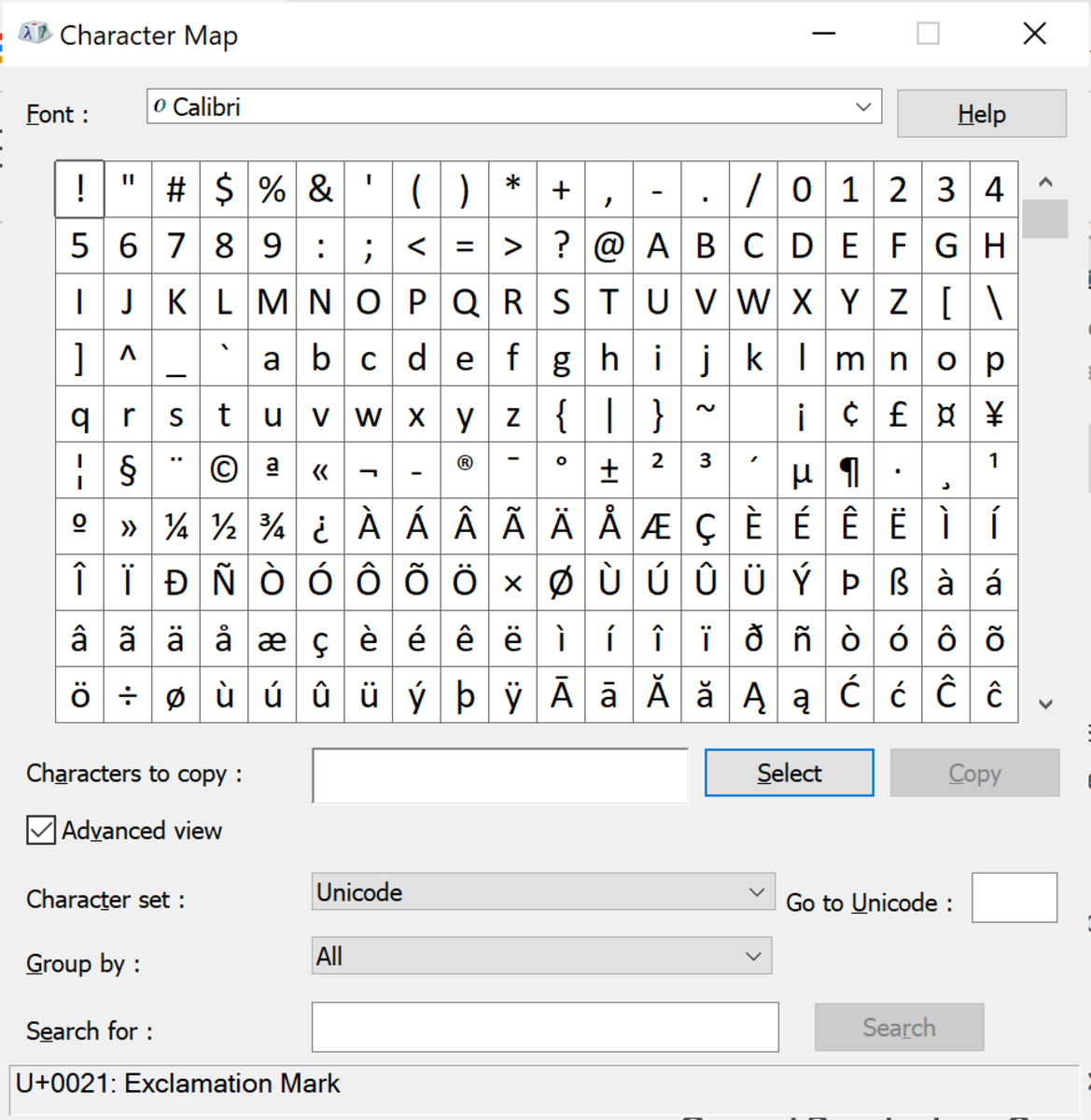Common Mistakes All Writers Make
Misuse (or no use) of commas
Not many younger people really think about commas when they are writing a story. As you're writing matures though, you begin to know where to place them and where they are absolutely needed. Some sentences simply don't sound right if you misuse commas. Don't worry though, it's a common thing. It takes time to learn and fix. And sometimes people still make mistakes. If you can't figure it out, that's okay too. There are always ways to fix that. Such as reading this article.
Now, when you start a sentence it's sometimes necessary to use a comma. After the introduction element is usually when you would use it. Such as how I just did "Now, ...." It can be a word, a phrase, or a clause. You really have to learn how to do it to get a proper sentence structure. Some examples are:
- Honestly I never liked the Seahawks.
You may think that this is perfectly okay but it really is not the proper way to write out that statement. Think of when you say that sentence out loud, there is usually that small, very tiny, pause after honestly. It's very simple. The sentence should actually be:
- Honestly, I never liked the Seahawks.
Honestly is the introduction element, so a comma goes directly after that. Such a small thing to add and it makes your writing much more correct and enjoyable to read. When it's like that, it's easier to really get the meaning of the statement. It's better for the mind. You may not think so at first, but your mind automatically will add that small pause anyway, but if your eyes don't see it, your brain may not be able to do it and then the sentence may become confusing. Also, the statement just comes across much better when it's got the proper structure like that.
Another example is:
- He walked up the hill, he sat down.
That is incorrect. Yes, the comma is in the correct place but the two statements don't go together in such a way that the comma should be there. Inexperienced writers sometimes get this wrong. You think, well the comma is after the introduction element, so it's fine. No, those are two statements that should be separated by a period, not a comma. A way to fix it is:
- He walked up the hill, and he sat down.
That sentence flows much easier as it's all one idea. Be careful though, as it's really easy to make it into a run on sentence. That is when you continue to use commas, when really you needed a period. It's simple to make that mistake, but you just really have to learn when to put a comma and when to put a period.
- He and I sat down at the table, and Mary and Kevin sat beside us, we passed around the food to each other, we ate.
This sentence may seem okay at first, to the inexperienced eye. But there are two different things happening here that should not be connected by a comma. The comma keeps that same idea going while a period ends it, to make the next statement it's own. It should be He and I sat down at the table, and Mary and Kevin sat beside us. We passed around the food to each other, and we ate. Sitting down and passing around food, are two different things and should get their own sentence.
Correct and incorrect punctuation
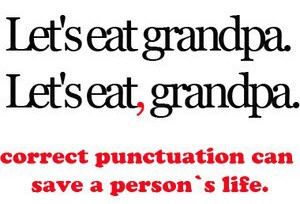
Comma after Introductory Element
Wrong Verb Ending
This is actually a mistake that almost everyone, not just writers, have done throughout their lives. In a sentence, you use the wrong verb ending. Such as:
- Alex use a very nice guitar.
I feel like this one is obviously wrong, but it still happens. What should it be?
- Alex uses a very nice guitar.
Doesn't it sound so much more smooth that way? A way I was taught to use the correct verb ending has helped me through a lot in my writing career. That is: Look at the sentence, think about if it's happening now, or has happened already. If it has already happened, use the past tense. (use-d); caught rather than catch. Example:
- Rian run to the park to skate.
That, to an inexperienced person, doesn't sound wrong. There's a time where even I thought that's the way to say it. Run, though, is a present tense. It means he's still running. The correct way is:
- Rian ran to the park to skate.
Also, make sure that when you write a sentence, you don't use two different tenses in one sentence. Such as:
- Lisa ran down the street, late for work, but she got there and working hard.
Again, simple mistake to make. If you're in a simple conversation with someone, it may not be as noticeable. However, ran and working, are two different tenses explaining the same thing.
Ran is past tense, it's already happened. Lisa already did the running. Working is present tense. You can make this sentence correct by adding a predicate in front of working;
- Lisa ran down the street, late for work, but she got there and is working hard.
Now that present tense is correct. That also means though, that she's still currently working. If Lisa is done with work, then the sentence should be:
- Lisa ran down the street, late for work, but got there and worked hard.
There, that's correct. Both ran and worked are past tense, giving the subject an end. It indicates that that verb is done. She's done working.
More examples of verb errors:
- The teacher cancel the essay that was due the next day.
Should be: The teacher cancelled the essay that was due the next day.
- I was looking for my necklace and founded it.
(Yes, I've seen an error like this.) It should be: I was looking for my necklace and found it.
- She stole my dress but bring it back when I telling her to.
This one has a few mistakes in it.
- She stole my dress, but brought it back when I told her to.
First, obviously a comma was left out and then both verbs were incorrect for the action going on. Both words should be past tense to make the sentence correct. It's a common mistake, sometimes people just don't pay much attention to the verb and just do it how they speak, which isn't always the correct way for a sentence to be structured.
Use Correct Tense
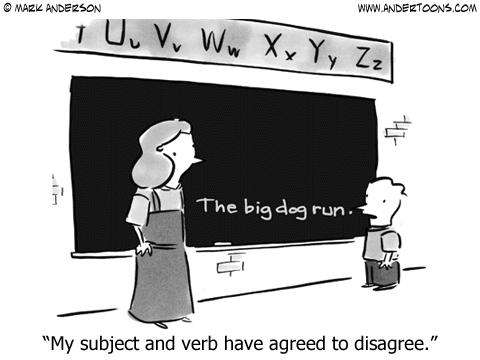
Wrong It's/Its usage
I have to admit, I'm definitely guilty of this. It's something I am still trying to fix. All the time people use the incorrect its and it's. It's actually very simple. Very very simple.
- The book was on it's spot on the shelf.
That looks like it's done right, doesn't it? But it's is a contraction. Which means that two words are together as one, with an apostrophe. So let's think about this. How I always work with contractions, if I'm not completely sure it belongs there, is to say the two separate words along with the sentence. Does it make sense? Let's see:
- The book was on it is spot on the shelf.
Obviously, it's is 'it is'. So, that means that this it's means it's describing where it is. So that's the incorrect form of its. Correct way:
- The book was on its spot on the shelf.
Its means the same as 'your'. That is your stuff, so the its in the sentence is describing the book, the book is on its spot. A place just for it. It is the object.
That's the best way for me to describe how to use contraction's together. Just think, what two words do the apostrophe connect?
- You're = You are
- They're = They are
- He'll = He will
- Doesn't = Does not
And so on. Just decompress the contraction and make sure it still makes sense in the sentence. If it doesn't... then you are using the incorrect form.


